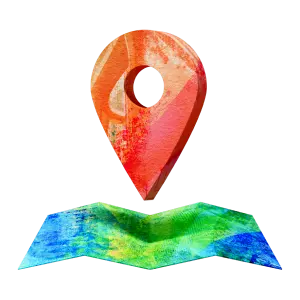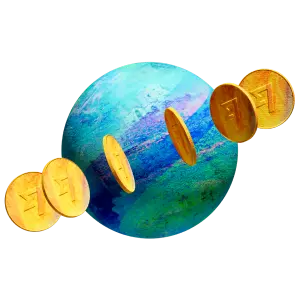Kanadski dolar (CAD)
Kanadski je dolar službena valuta u Kanadi. On je peta najčešća rezervna valuta na svijetu. Šifra kanadskog dolara je CAD, a simbol $. Valutu izdaje Banka Kanade, a ispisuje Canadian Bank Note Company iz Ottaww. Kanadski dolar je fiat valuta.
Naziv valute
Kanadski dolar
Simbol valute
C$
CAD Tečajna lista
| USD | INR | EUR | GBP | PKR | AUD | CNY | PHP | |
|---|---|---|---|---|---|---|---|---|
| Iz CAD | 0.69211 | 59.35810 | 0.67140 | 0.55717 | 192.68400 | 1.11317 | 5.06731 | 40.23980 |
| U CAD | 1.44485 | 0.01685 | 1.48942 | 1.79479 | 0.00519 | 0.89833 | 0.19734 | 0.02485 |
Čuvajte se loših tečajeva valuta.Banke i tradicionalni pružatelji usluga često imaju dodatne troškove koje prebacuju na Vas pomoću marže na valutni tečaj, Naša pametna tehnologija znači da smo mi učinkovitiji - što znači da Vi dobivate odličnu cijenu. Svaki put.
| Ime | kanadski dolar (CAD) |
|---|---|
| Symbol | C$ |
| Minor Unit | Cent (1/100 of a Dollar) |
| Minor Unit Symbol | ¢ |
| Notes Freq Used | $5, $10, $20, $50, $100 |
| Coins Freq Used | 1¢, 5¢, 10¢, 25¢, $1, $2 |
| Central Bank | Bank of Canada |
| Users | Kanada |
Facts Table for kanadski dolar (CAD)
The CAD ranks fifth among the most actively traded currencies in the Forex market, attracting significant interest from both institutions and individuals. Commonly nicknamed the Loonie, Buck, Huard, and Piastre (in French), the Canadian Dollar holds the status of a reserve currency within several central banks. Its recognition as a commodity currency stems from Canada's significant exports of raw materials.
Cultural Symbolism
Adorned with national icons and significant imagery, Canadian banknotes portray the nation's natural beauty, historic figures, and indigenous heritage. Each note tells a story, reflecting Canada's diverse cultural tapestry and natural landscapes.
Oversight by the Bank of Canada
The stability and value of the Canadian Dollar are overseen by the Bank of Canada. The advent of currency in Canada traces back to the early 1660s, when French settlers arrived, introducing coins to the region. The initial issuance of banknotes occurred in 1821 through the Montreal Bank, swiftly gaining prominence as a primary mode of transaction.
In 1841, as the Province of Canada under British rule, a currency known as the Canadian Pound was introduced. However, by 1858, the Canadian Dollar replaced the Pound, aligning its value with the US Dollar. During this transition, both US Dollars and British Gold Sovereigns were accepted as legal tender within Canada's boundaries.
Following Canadian Confederation, the government initiated the decimalization of the currency, issuing a new set of coins in the Dominion of Canada. The establishment of the Bank of Canada in 1934 marked the inception of banknotes, introduced a year later. Notably, the inaugural Loonie coin entered circulation in 1987, followed by the introduction of the two-dollar coin, commonly referred to as the Toonie, in 1996. A significant development occurred in 2011 when the Central Bank of Canada launched a novel series of banknotes printed on polymer material.
